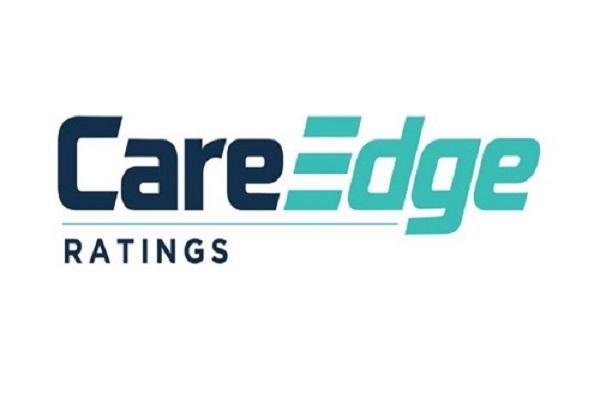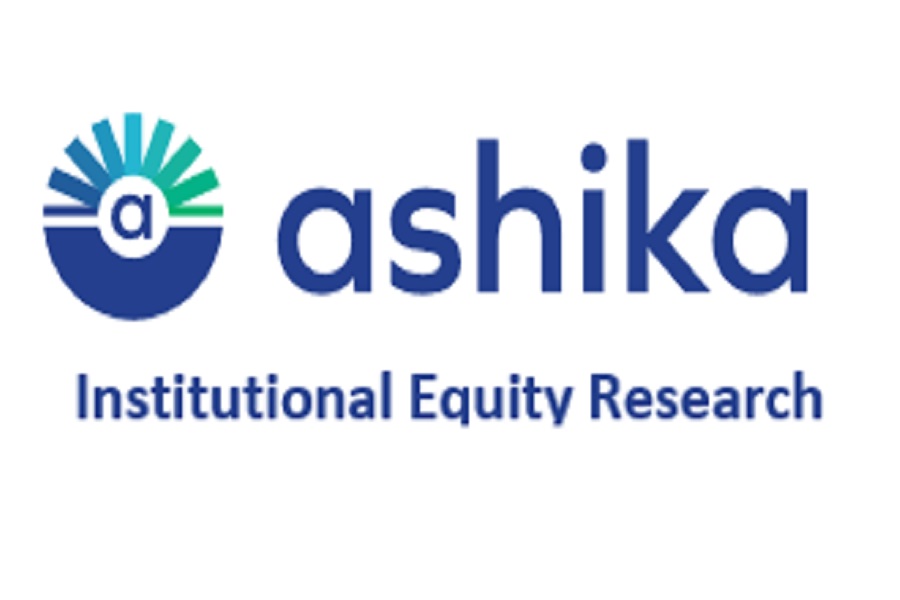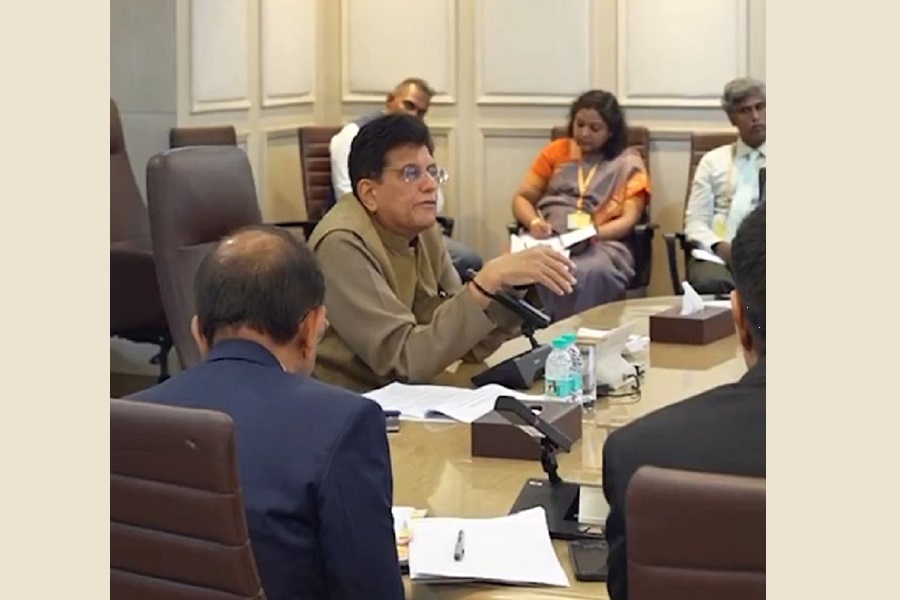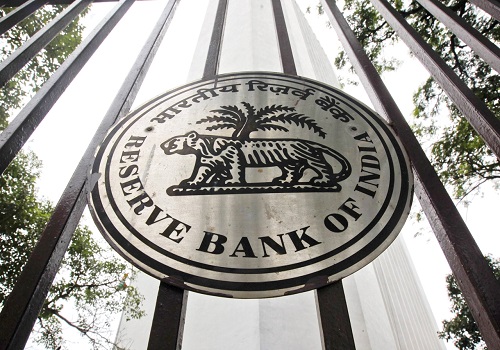NBFC Sector Update : RBI flags deficiencies in gold lending; Gold loan lenders under scrutiny again By Motilal Oswal Financial Services Ltd

RBI flags deficiencies in gold lending; Gold loan lenders under scrutiny again
Lenders given three months to make amends and avoid supervisory action
The RBI has identified irregular practices in the grant of gold loans. Lenders have been granted three months to make amends and report the same to the RBI to avoid any further supervisory action.
* The RBI recently assessed the compliance of supervised entities (SEs) with prudential guidelines for loans against gold ornaments and jewelry. The review and onsite examinations revealed several irregularities, including improper use of third parties for loan sourcing, gold valuation without the customer’s presence, inadequate due diligence, lack of transparency in auctions following defaults, weak monitoring of loan-to-value (LTV) ratios, and incorrect application of risk weights.
* The RBI advised SEs to review their gold loan policies, processes, and practices to identify and address any gaps promptly. The gold loan portfolio should be closely monitored, especially given its significant growth in some SEs, and proper controls must be in place for outsourced activities and third-party providers.
* While IIFL Finance was the first among gold lenders to face supervisory action, it might not be the last. In this circular, the RBI has put out a laundry list of deficiencies in the processes of select gold lenders which they are expected to address within three months. Actions taken in response to the aforementioned directive should be promptly communicated to the RBI within a three-month timeframe. Failure to comply with these regulatory guidelines will be considered a serious breach and may result in supervisory action by the RBI.
* Further, RBI also asked the Gold lending institutions to closely monitor their gold loan portfolio, particularly in light of the significant growth in the gold loan portfolio of select gold lenders. RBI has also asked the lenders to ensure adequate controls are put in place over outsourced activities and third-party service providers.
* This is a sentimental negative for the gold lenders. For better clarity, we look forward to engaging with the gold lenders to understand the observations made by RBI with regards to their gold lending processes and corrective actions which may be required at their end.
The illustrative list of deficiencies during the review of gold loans in select supervised entities (SEs):
* In loans issued through partnerships with fintech entities and business correspondents (BCs), concerning practices included gold valuation without customer presence, credit appraisal by the BC, gold storage by the BC, insecure transportation of gold, KYC compliance by fintechs, and the use of internal accounts for loan disbursement and repayment.
* A lack of an effective periodic loan-to-value (LTV) monitoring system resulted in breaches of regulatory LTV ceilings in some SEs, with system-generated alerts often not actively addressed.
* Application of risk weights was at variance with the prudential regulations.
* The use of funds for non-agriculture loans was typically not verified, and there was insufficient documentation for agriculture gold loans.
* There was no specific identifier for top-up gold loans in the core banking system, which often facilitated the evergreening of loans. Additionally, fresh appraisals were not conducted when these top-up loans were sanctioned.
* Numerous loan accounts were closed shortly after being sanctioned, often within a few days, raising concerns about the economic rationale behind these actions.
* The average proceeds from gold auctions after customer defaults were lower in some SEs than the estimated gold value, indicating gaps in the valuation process.
* In some entities, the proportion of gold loans disbursed in cash was high, with many cases not adhering to the cash disbursal limits set by the Income Tax Act, 1961.
* Weak governance and poor transaction monitoring were highlighted by the unusually high number of gold loans issued to the same individual under the same PAN in a single financial year.
* Practice of rolling over loans at the end of tenor with only part payment.
* Gold loans were not classified as NPAs, enabling evergreening through loan renewals or new issuances. There was also insufficient oversight from senior management teams and weak controls over third-party entities.
For More Motilal Oswal Securities Ltd Disclaimer http://www.motilaloswal.com/MOSLdisclaimer/disclaimer.html
SEBI Registration number is INH000000412










Tag News

Stock of the day : Poonawalla Fincorp Ltd by Target Rs. 515 - Religare Broking Ltd














